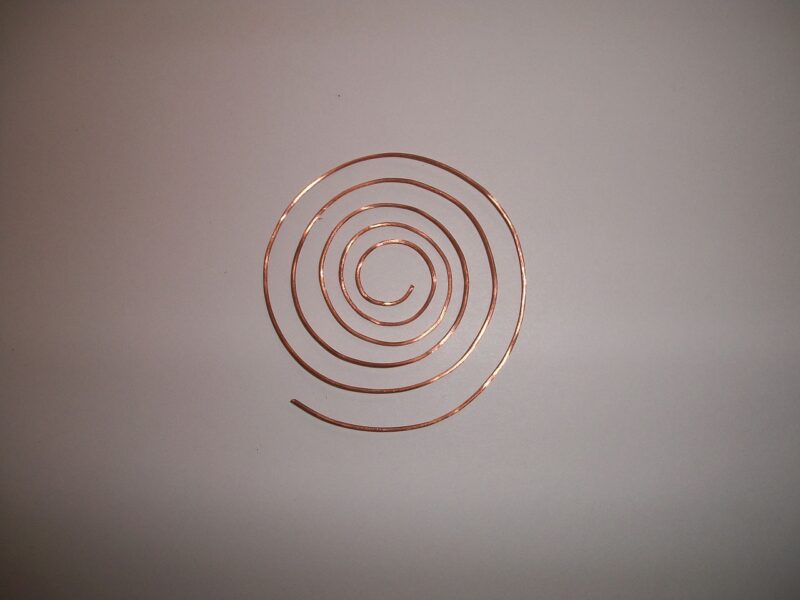
Springs, often taken for granted in everyday mechanisms, are a fascinating study of physics and engineering. They demonstrate the principles of elasticity, a property that not only enables materials to bend but also allows them to return to their original shape after deformation. But beyond the surface, springs hold deeper significance in the realm of energy storage and motion. In this comprehensive article, we delve into the science of springs, exploring the fundamentals of elasticity, how springs function, and their wide-ranging applications across various fields.
1. Understanding Elasticity: The Backbone of Spring Mechanics
Elasticity is a material’s ability to return to its original shape after being stretched or compressed. This occurs due to the rearrangement of internal molecular structures during the deformation process. In springs, elasticity plays a crucial role: it enables the spring to store energy when compressed or extended and then release that energy effectively.
There are two primary types of elasticity relevant to springs:
- Linear Elasticity: This occurs when a material returns to its original shape in a straight line after being deformed. Most metals exhibit linear elasticity within a certain range of stress.
- Non-linear Elasticity: Some materials do not follow Hooke’s Law (which states that force is directly proportional to displacement) throughout their entire length of deformation. Rubber is an example, displaying increasing stiffness when extended too far.
Understanding these principles is essential for designing springs that perform optimally under specified conditions.
2. How Springs Work: The Mechanics of Energy Storage
Springs work on the fundamental principle of converting mechanical energy into potential energy through deformation. When a spring is compressed or stretched, it absorbs energy from an external force. This stored energy can then be released when the force is removed, allowing the spring to revert to its original configuration.
The energy (U) stored in a spring can be calculated using the formula:
U = ½ k x²
Where:
– U is the potential energy in joules,
– k is the spring constant (a measure of the spring’s stiffness), and
– x is the displacement from the equilibrium position in meters.
This relationship highlights why the design and material of a spring heavily influence its energy storage capacity and response mechanism.
3. Types of Springs and Their Applications
Springs come in various shapes and sizes, each suited for specific applications. Here are the most common types:
3.1 Compression Springs
Compression springs are designed to compress and store energy. They are commonly found in mechanisms like pens, car suspensions, and electrical switches. The coil structure allows them to compress when a force is applied, storing energy until released.
3.2 Extension Springs
These springs work in tension, meaning they stretch under load. They are frequently used in many devices, including trampolines and screen doors. When the force is removed, they pull the mechanisms back to their original position.
3.3 Torsion Springs
Torsion springs store energy when twisted. They are often utilized in scenarios where rotational force is required, such as in clothespins, clock mechanisms, and toy vehicles. The stored energy in torsion can be converted into rotational movement.
3.4 Constant Force Springs
These springs provide a constant amount of force over a range of motion. They are widely used in curtain systems, motorized devices, and other applications where a consistent force is needed.
Each type of spring serves unique functions and enhances the efficiency of devices across different industries.
4. The Role of Springs in Engineering and Design
Springs are integral to several engineering and design applications. Their ability to absorb shock and store energy plays a critical role in enhancing the functionality and longevity of various products.
4.1 Automotive Engineering
In the automotive industry, springs are pivotal in suspension systems. They help absorb the impact from road irregularities, providing comfort and stability for passengers. Additionally, returning to initial compression allows vehicles to handle loads effectively.
4.2 Consumer Electronics
Many gadgets we use daily rely on springs. From the keyboard of your computer to the buttons on your smartphone, springs provide tactile feedback and support the mechanisms that allow smooth operation.
4.3 Industrial Machinery
Springs enable the functioning of machines in industrial settings by providing balance and helping with energy management. They assist various components in efficiently maintaining performance quality through controlled responses.
Understanding how springs function is essential for engineers and designers, as it positively impacts the performance and durability of products.
5. Future Innovations in Spring Technology
As technology advances, so do the materials and designs used in springs. Researchers are exploring:
- Smart Springs: These incorporate sensors to provide real-time data about their stress and strain, optimizing performance and predicting failures before they occur.
- Nano-spring Materials: Developing springs out of advanced materials at the nanoscale could lead to lighter yet stronger designs, enhancing functionality in high-tech applications.
- 3D Printing of Springs: This technology is beginning to revolutionize how springs are manufactured, allowing for highly customizable and efficient designs that cater to specific needs.
The future of springs holds promise not only in improving traditional designs but also in integrating them into modern technologies.
Conclusion: The Importance of Springs in Science and Everyday Life
The study of springs encompasses much more than just simple coiled metal. They are embodiments of physical principles that demonstrate the interplay of force and energy storage, providing fundamental functions across a variety of disciplines. Whether we realize it or not, from industrial machinery to the pen we write with, springs are intrinsic to our daily lives.
As we continue advancing in technology and materials science, understanding the mechanics of springs will only further enhance the innovations that shape our world.







